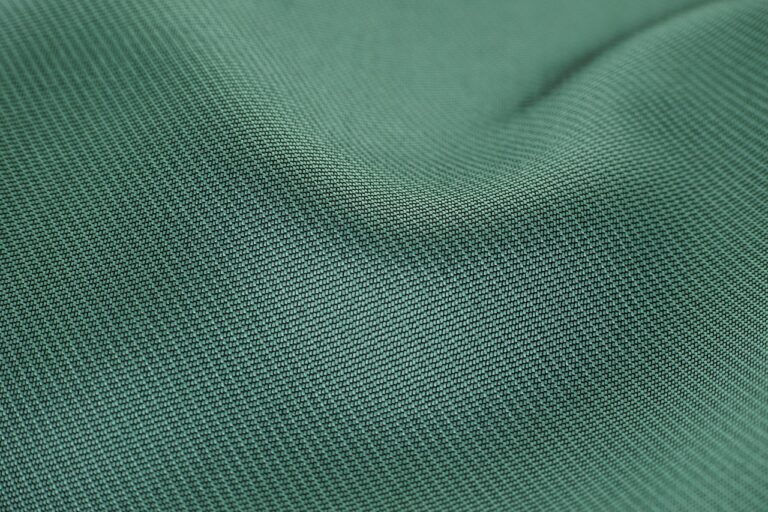Fashion and Seasonal Affective Disorder: How Clothing Choices Can Impact Mood During Winter Months
Seasonal Affective Disorder (SAD) is a type of depression that occurs at a specific time of year, typically during the fall and winter months. Common symptoms of SAD include feelings of sadness, fatigue, and irritability. People with SAD may also experience changes in their sleep patterns, appetite, and overall energy levels.
In addition to emotional symptoms, individuals with SAD may also struggle with difficulty concentrating, loss of interest in usual activities, and a sense of hopelessness. It is important to recognize the signs of SAD early on to seek appropriate support and treatment.
• Feelings of sadness
• Fatigue
• Irritability
• Changes in sleep patterns
• Changes in appetite
• Decreased energy levels
Recognizing the emotional and physical symptoms of SAD can help individuals receive the necessary assistance to manage their condition effectively. Seeking professional help, engaging in therapy, and making lifestyle changes such as getting regular exercise and exposure to natural light can all be beneficial in coping with Seasonal Affective Disorder.
Understanding the Connection Between Clothing and Mood
The clothes we wear have the ability to influence our mood in more ways than we may realize. The colors, textures, and styles of our clothing can impact how we feel about ourselves and how we interact with the world around us. Research suggests that wearing bright colors can boost our mood and increase feelings of positivity, while soft and cozy fabrics can evoke a sense of comfort and security.
When we dress in a way that makes us feel good, it can have a positive effect on our confidence levels and overall outlook on life. Choosing outfits that are both comfortable and stylish can help us feel more at ease in social situations and more prepared to take on the challenges of the day. By paying attention to the connection between our clothing choices and our mood, we can make intentional decisions to support our mental well-being and enhance our overall sense of self.
The Importance of Comfortable and Cozy Fabrics
When it comes to choosing clothing, the fabric is a crucial factor that often influences how comfortable and cozy we feel. Fabrics such as cotton, wool, and fleece are known for their softness and warmth, making them ideal choices for chilly days or when you need to relax at home. The tactile experience of wearing such fabrics can have a significant impact on our overall mood and well-being, creating a sense of ease and contentment.
Additionally, opting for comfortable and cozy fabrics can enhance our self-care routine and promote relaxation. Whether it’s a plush bathrobe, a pair of soft pajamas, or a cozy sweater, surrounding ourselves with fabrics that feel good against our skin can help us unwind and de-stress after a long day. By prioritizing the comfort of our clothing choices, we can create a more soothing environment for ourselves and embrace moments of rest and rejuvenation.
How can comfortable and cozy fabrics impact our mood?
Comfortable and cozy fabrics can help improve our mood by providing a sense of comfort and security. When we feel physically comfortable in our clothing, it can have a positive effect on our mental well-being.
Is there a connection between clothing and seasonal affective disorder (SAD)?
Yes, there is a connection between clothing and seasonal affective disorder (SAD). Wearing cozy and comfortable fabrics can help alleviate some of the symptoms of SAD by providing a sense of warmth and comfort during the colder months.
What are some signs and symptoms of seasonal affective disorder?
Some signs and symptoms of seasonal affective disorder include feeling depressed, low energy levels, changes in appetite, difficulty concentrating, and a lack of interest in activities you once enjoyed.
How can I incorporate comfortable and cozy fabrics into my wardrobe?
You can incorporate comfortable and cozy fabrics into your wardrobe by choosing clothing items made from soft materials like cotton, wool, or fleece. Look for pieces that feel good against your skin and provide warmth and comfort.







